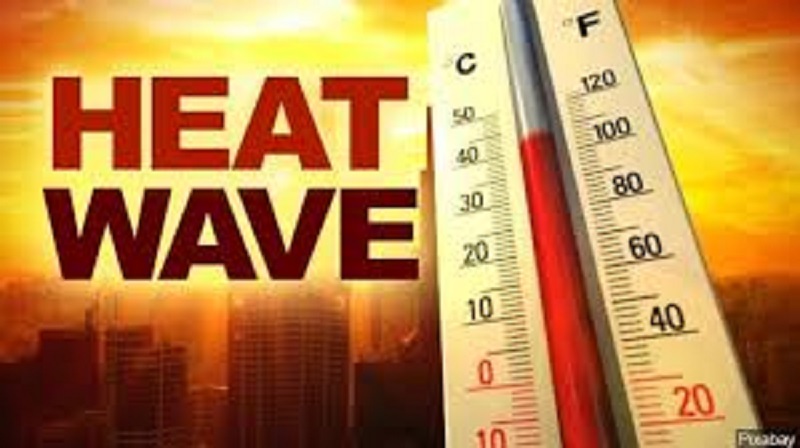
Heat Wave; A Heat Wave is a period of abnormally high temperatures, more than the normal maximum temperature that occurs during the summer season in the North-Western parts of India. Heat Waves typically occur between March and June, and in some rare cases even extend till July. The extreme temperatures and resultant atmospheric conditions adversely affect people living in these regions as they cause physiological stress, sometimes resulting in death.
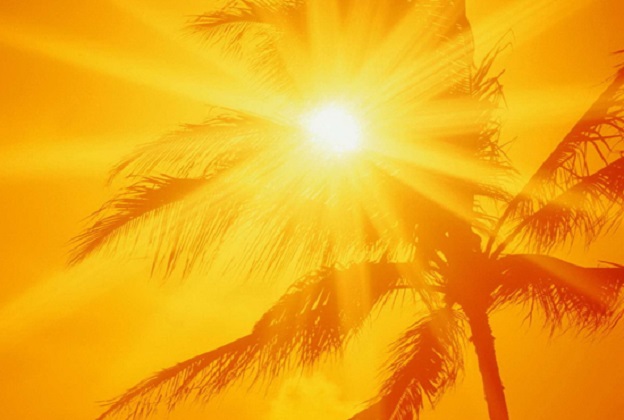
The Indian Meteorological Department (IMD) has given the following criteria for Heat Waves :
Heat Wave need not be considered till the maximum temperature of a station reaches at least 40*C for Plains and at least 30*C for Hilly regions.
When normal maximum temperature of a station is less than or equal to 40*C Heat Wave Departure from normal is 5*C to 6*C Severe Heat Wave Departure from normal is 7*C or more.
When normal maximum temperature of a station is more than 40*C Heat Wave Departure from normal is 4*C to 5*C Severe Heat Wave Departure from normal is 6*C or more.
When actual maximum temperature remains 45*C or more irrespective of normal maximum temperature, heat waves should be declared. Higher daily peak temperatures and longer, more intense heat waves are becomingly increasingly frequent globally due to climate change. India too is feeling the impact of climate change in terms of increased instances of heat waves which are more intense in nature with each passing year, and have a devastating impact on human health thereby increasing the number of heat wave casualties.
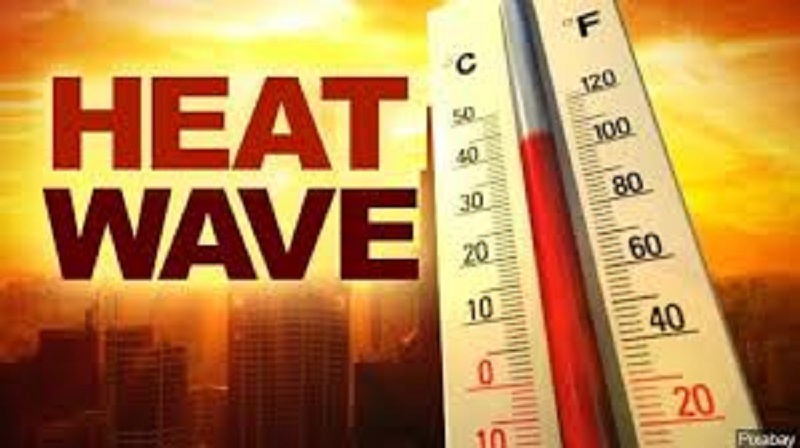
Higher daily peak temperatures and longer, more intense heat waves are becomingly increasingly frequent globally due to climate change. India too is feeling the impact of climate change in terms of increased instances of heat waves which are more intense in nature with each passing year, and have a devastating impact on human health thereby increasing the number of heat wave casualties.
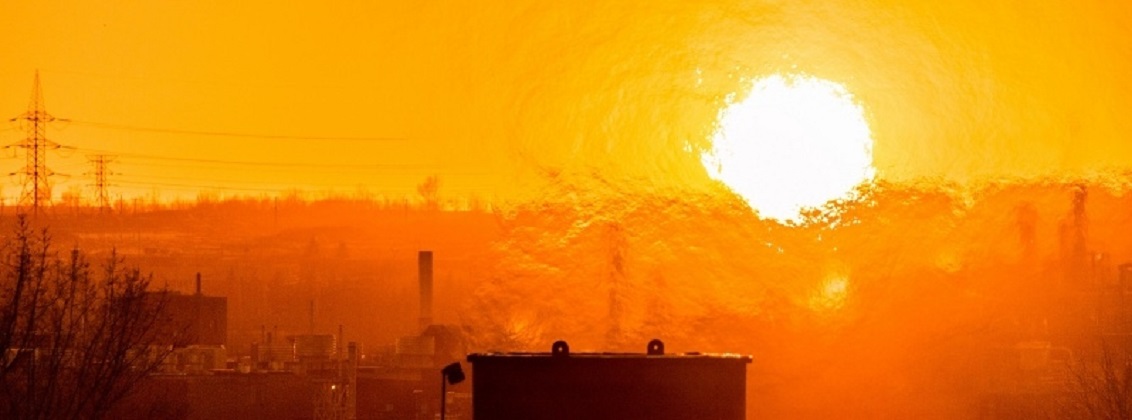
Health Impacts of Heat Waves:
The health impacts of Heat Waves typically involve dehydration, heat cramps, heat exhaustion and/or heat stroke.
The signs and symptoms are as follows:
Heat Cramps: Ederna (swelling) and Syncope (Fainting) generally accompanied by fever below 39*C i.e.102*F.
Heat Exhaustion: Fatigue, weakness, dizziness, headache, nausea, vomiting, muscle cramps and sweating.
Heat Stoke: Body temperatures of 40*C i.e. 104*F or more along with delirium, seizures or coma. This is a potentially fatal condition.
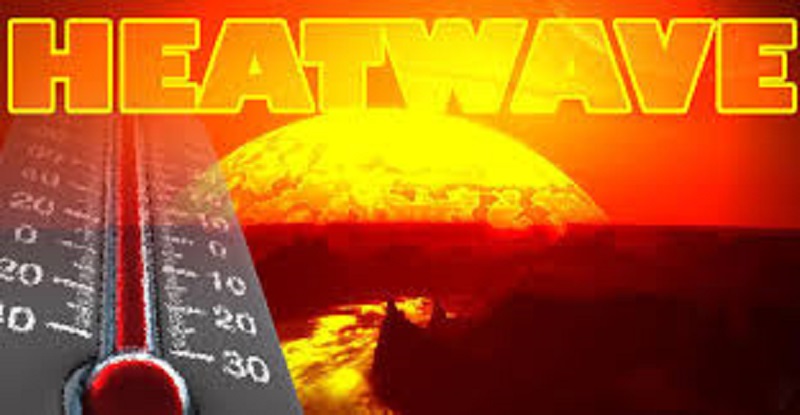
Heat Wave conditions can result in physiological strain, which could even result in death.To minimise the impact during the heat wave and to prevent serious ailment or death because of heat stroke, you can take the following measures:
Avoid going out in the sun, especially between 12.00 noon and 3.00 p.m.
Drink sufficient water and as often as possible, even if not thirsty
Wear lightweight, light-coloured, loose, and porous cotton clothes. Use protective goggles, umbrella/hat, shoes or chappals while going out in sun.
Avoid strenuous activities when the outside temperature is high. Avoid working outside between 12 noon and 3 p.m.
While travelling, carry water with you.
Avoid alcohol, tea, coffee and carbonated soft drinks, which dehydrates the body.
Avoid high-protein food and do not eat stale food.
If you work outside, use a hat or an umbrella and also use a damp cloth on your head, neck, face and limbs
Do not leave children or pets in parked vehicles
If you feel faint or ill, see a doctor immediately.
Use ORS, homemade drinks like lassi, torani (rice water), lemon water, buttermilk, etc. which helps to re-hydrate the body.
Keep animals in shade and give them plenty of water to drink.
Keep your home cool, use curtains, shutters or sunshade and open windows at night.
Use fans, damp clothing and take bath in cold water frequently.
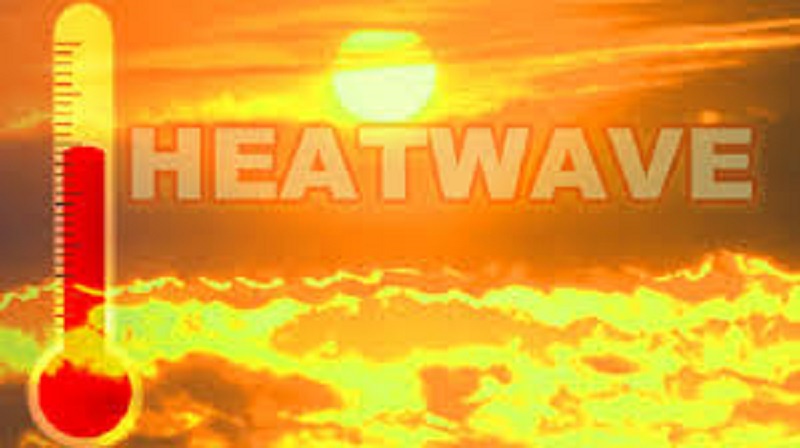

Post Your Comments